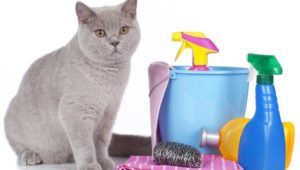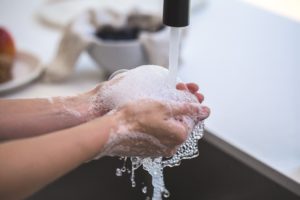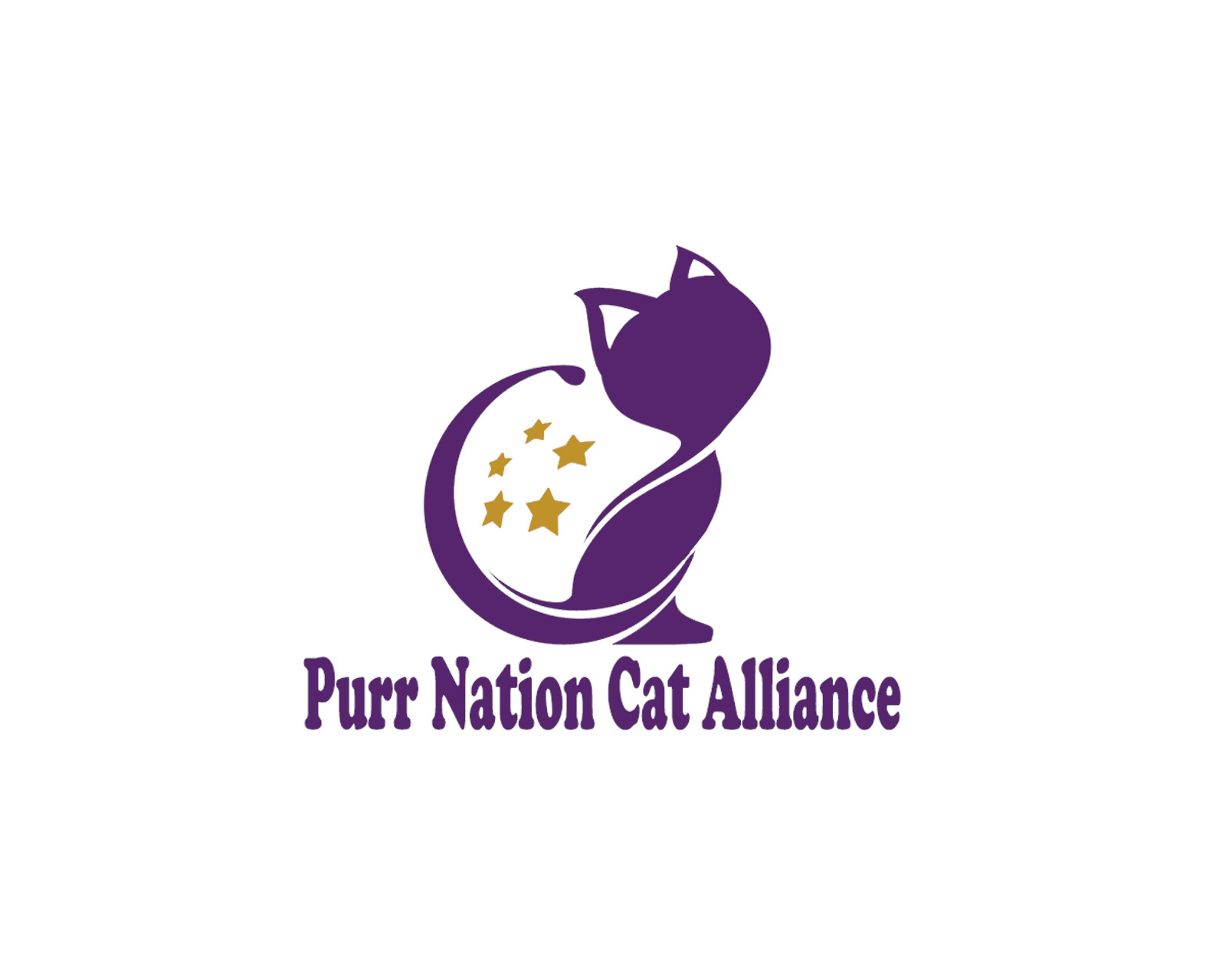
Cleaning & Sanitizing During and After Foster Stays
The most common disease organisms seen in foster animals are viruses, bacteria, parasites and fungi (ringworm). It is very important to repeatedly and thoroughly clean and disinfect any areas of your home where your foster pets are—and any objects foster pets contact.
Daily and weekly cleanings will help keep your foster kittens and any other animals happy and healthy. A more thorough sanitation will be needed between each new foster cat that comes to your home. Carriers should be cleaned and disinfected after each use. If you borrow a PNCA carrier, PLEASE return it clean.
Routine practices to control disease transmission include:
- Setting up an isolation area for foster animals.
- Practicing good hand hygiene before and after handing animals or objects in the isolation area.
- Cleaning and disinfecting items in the isolation area using the appropriate product.
Typical Sanitation Procedures for the Home.
All surfaces may not be easily cleaned and disinfected in the typical foster environment. However, with thorough & repeated washing & vacuuming helps to decrease the number of germs in the environment.
Hand Hygiene
Hand washing is critical – it is the most important way of reducing transmission of disease between animals. Clean hands thoroughly with soap & water before & after handling animals or items in the animals’ environment.


